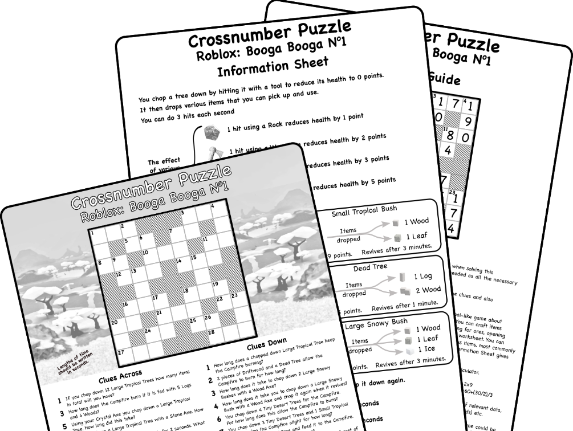Mistercorzi's Shop
Fun resources for the mathematics classroom featuring puzzles, investigations and other challenging activities. Many of these activities open up opportunities for further investigation . Listen for that unexpected question from your student and be prepared to follow it especially if you, as a teacher, don't know the answer or where it will lead!





















